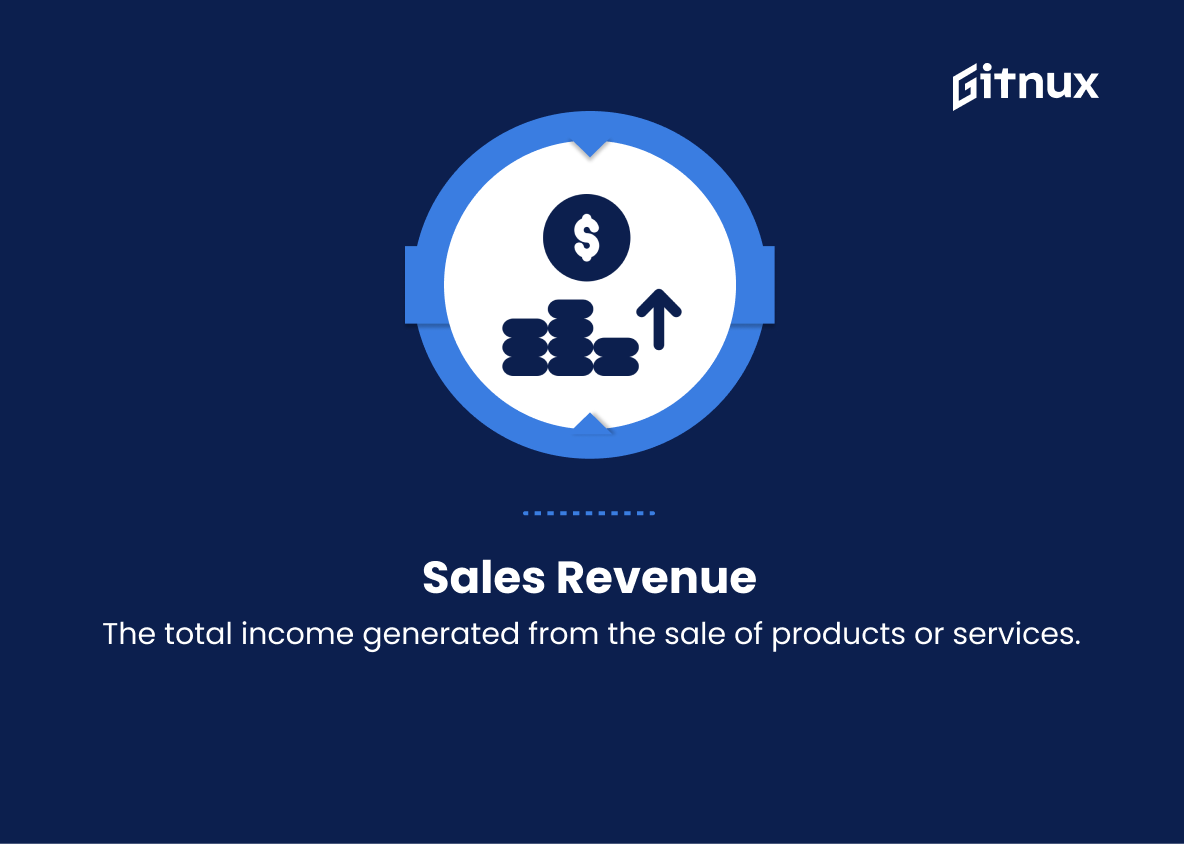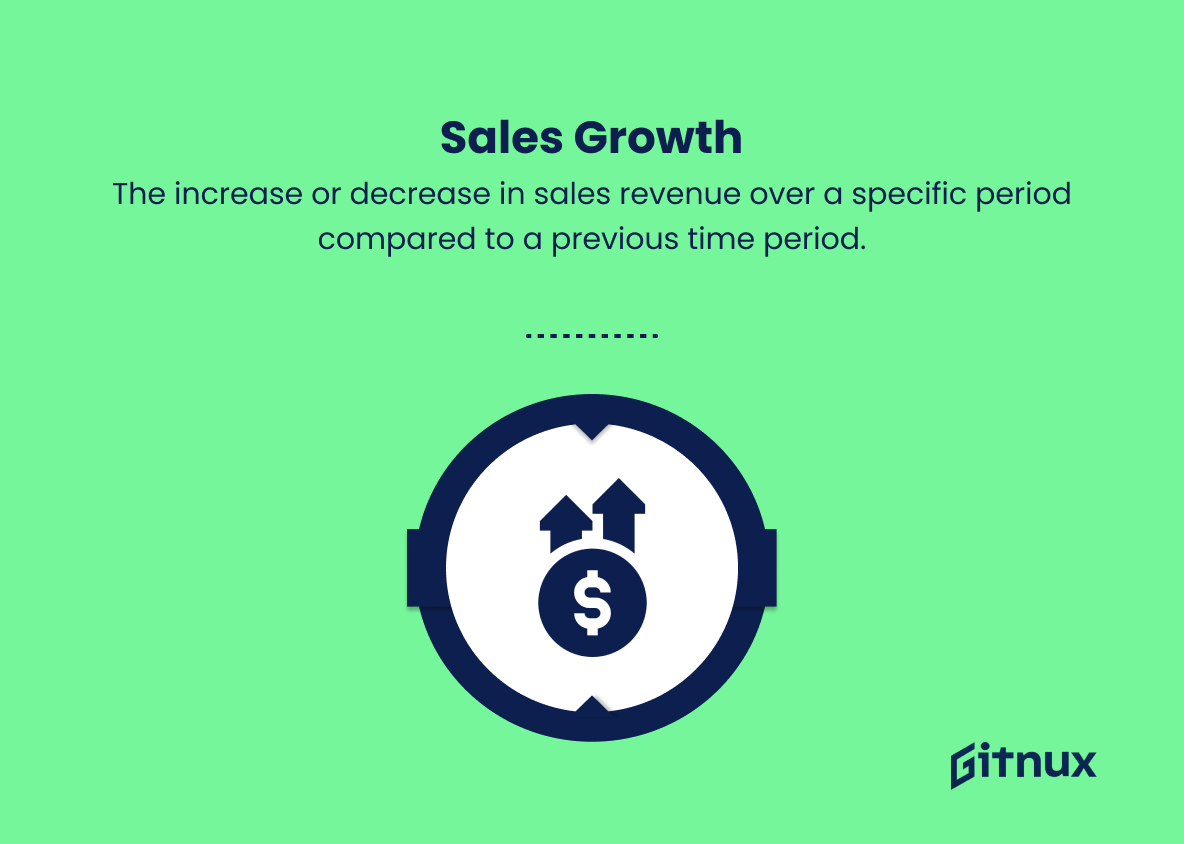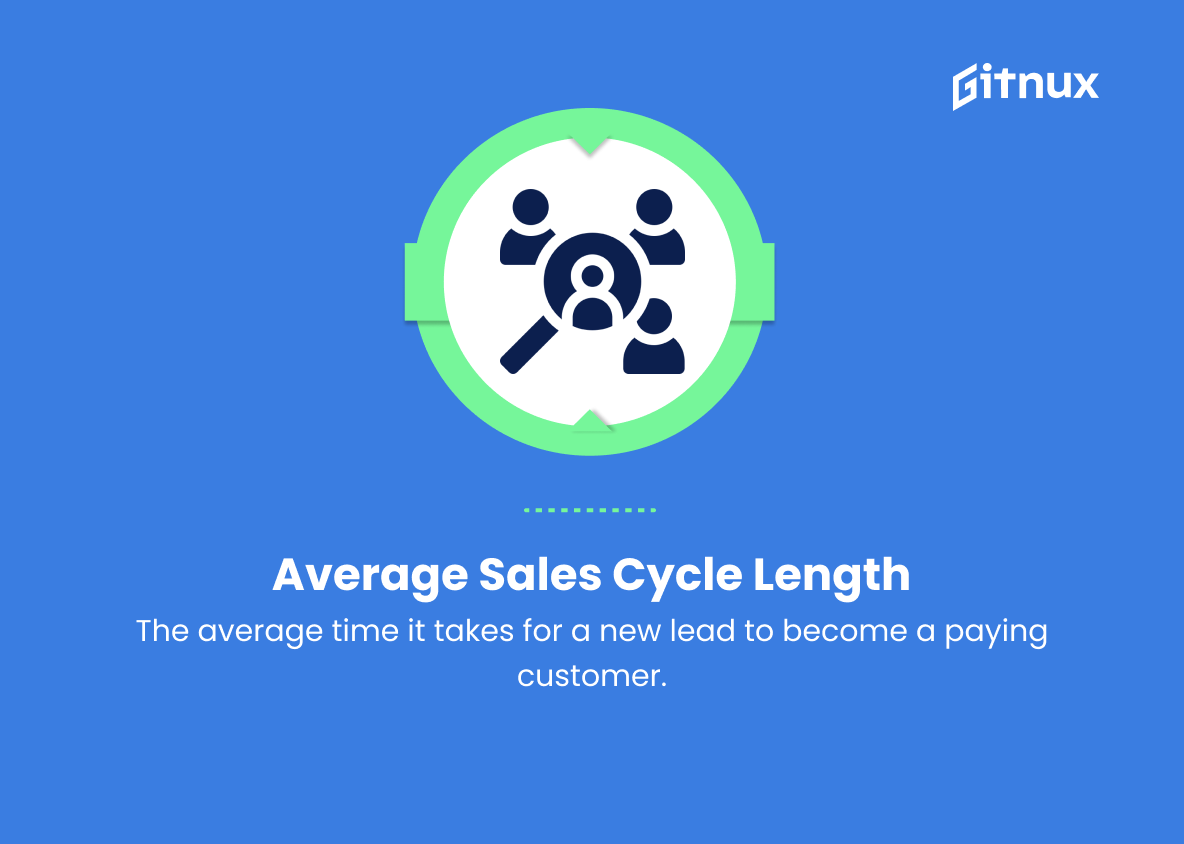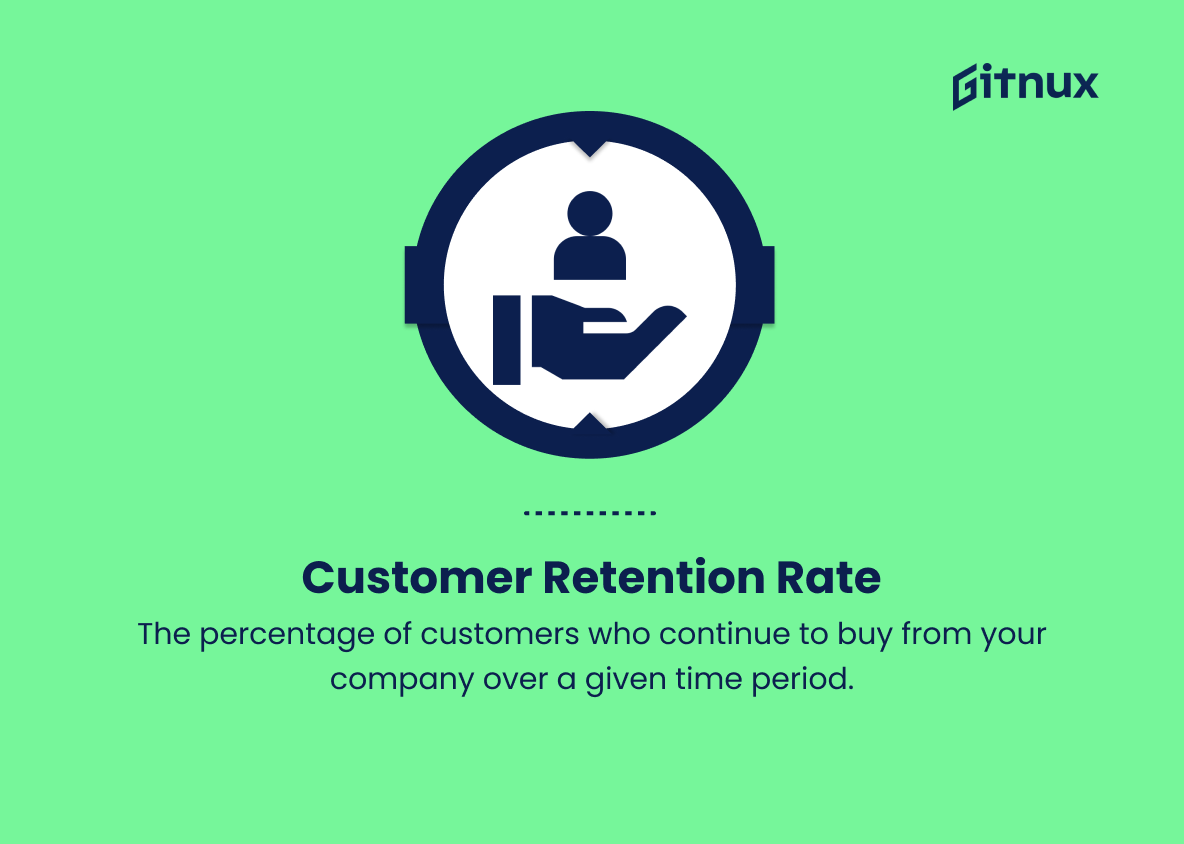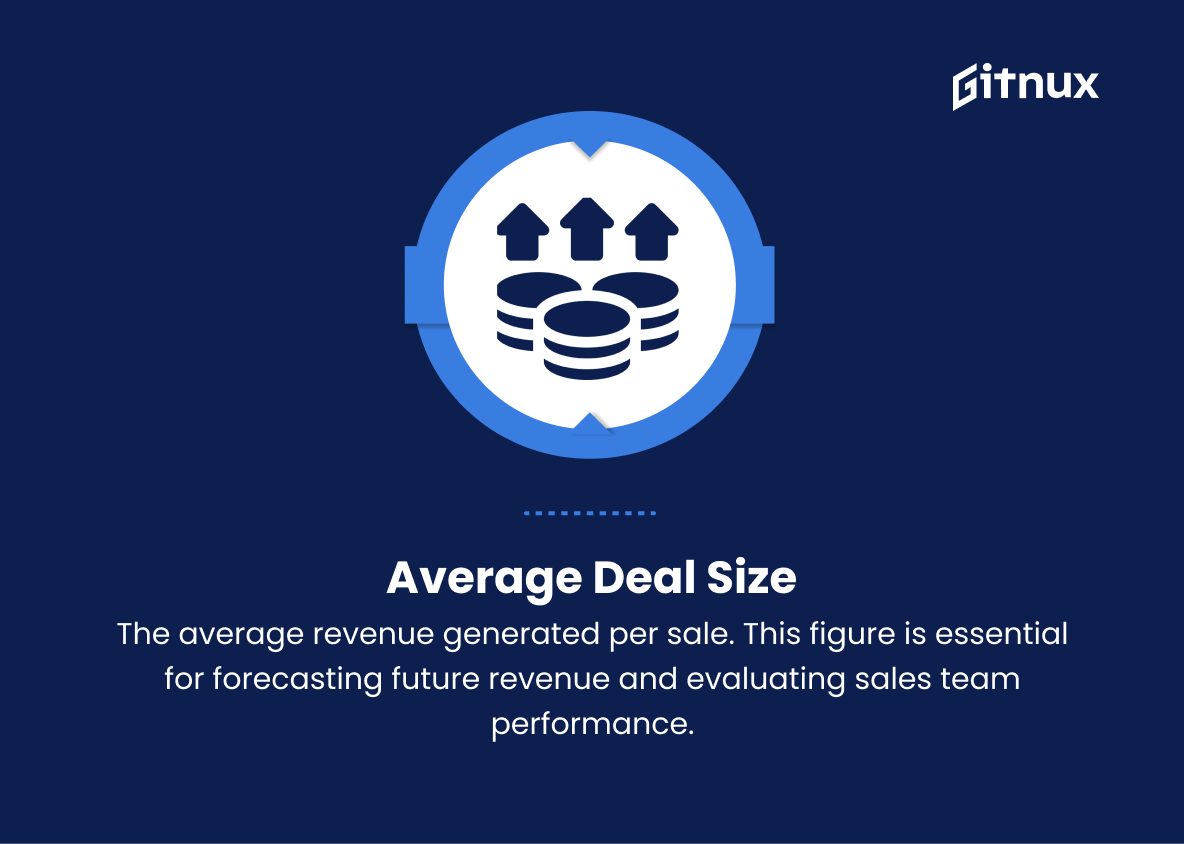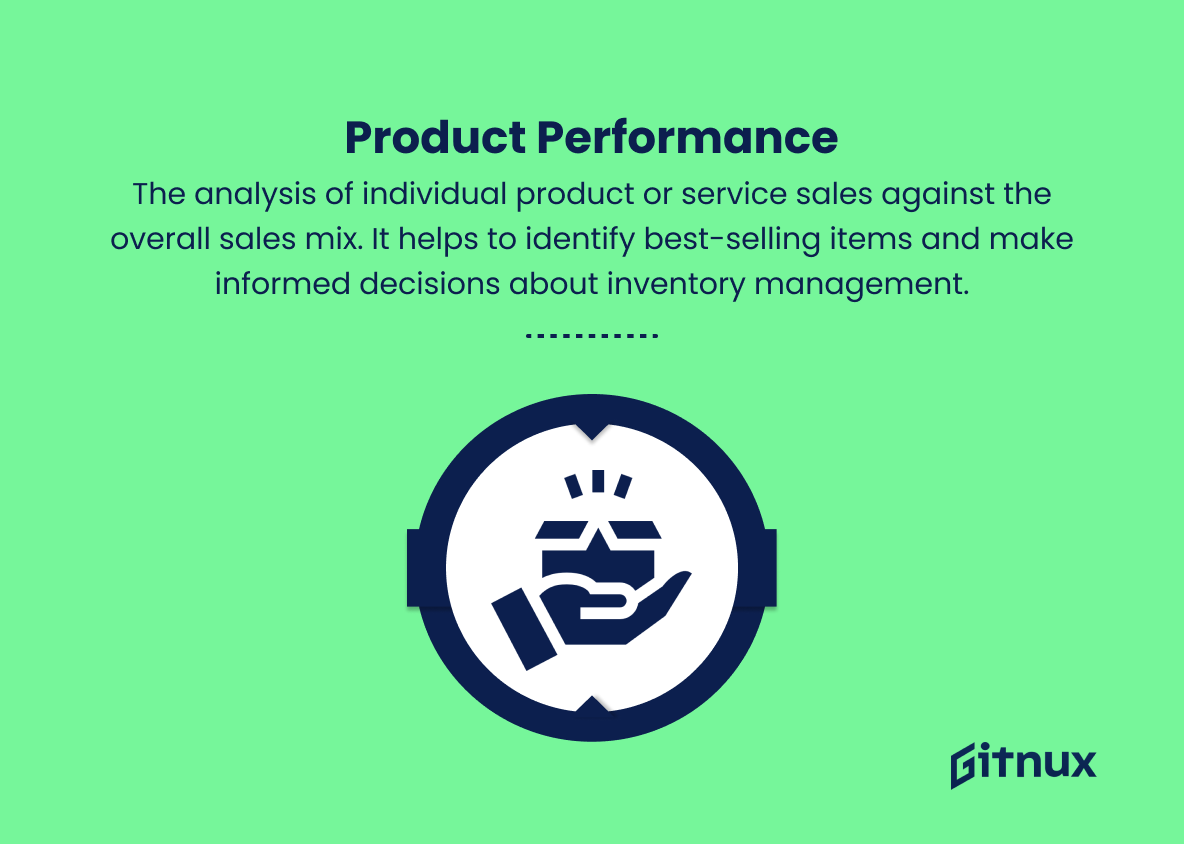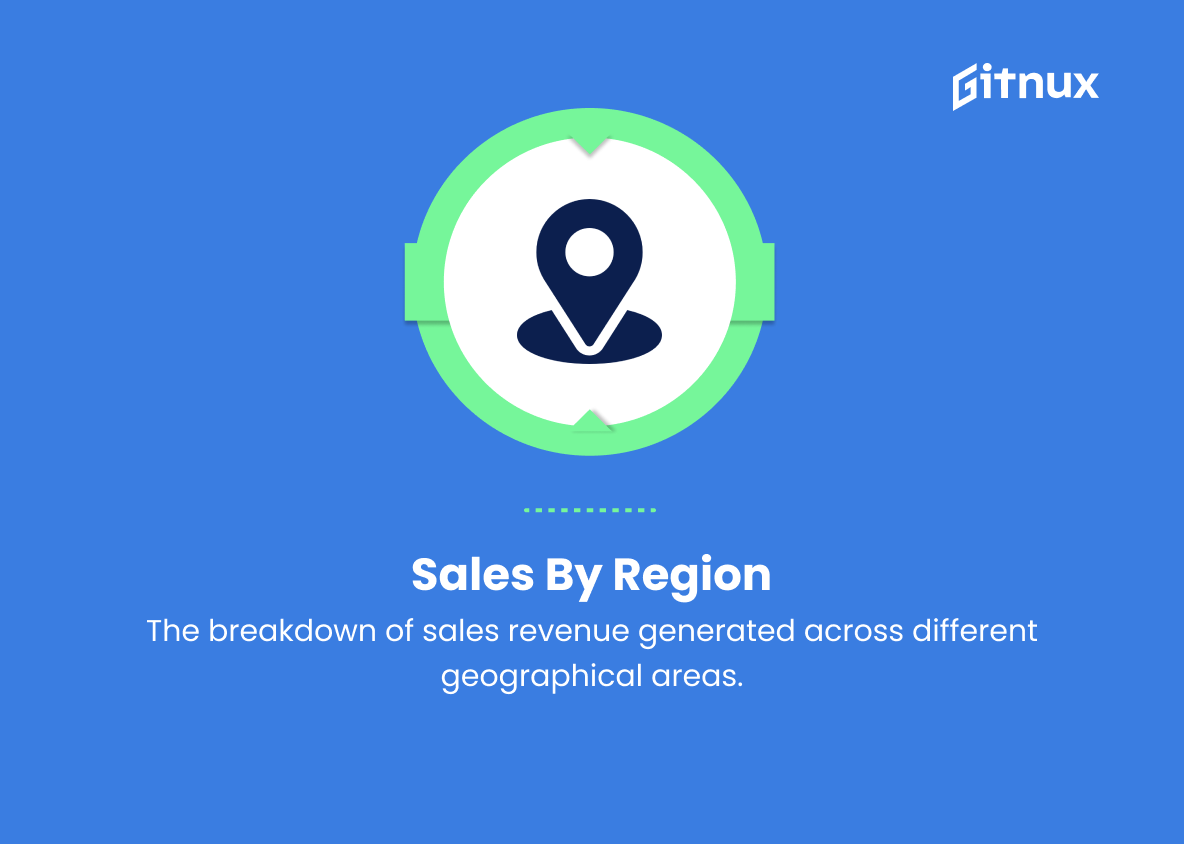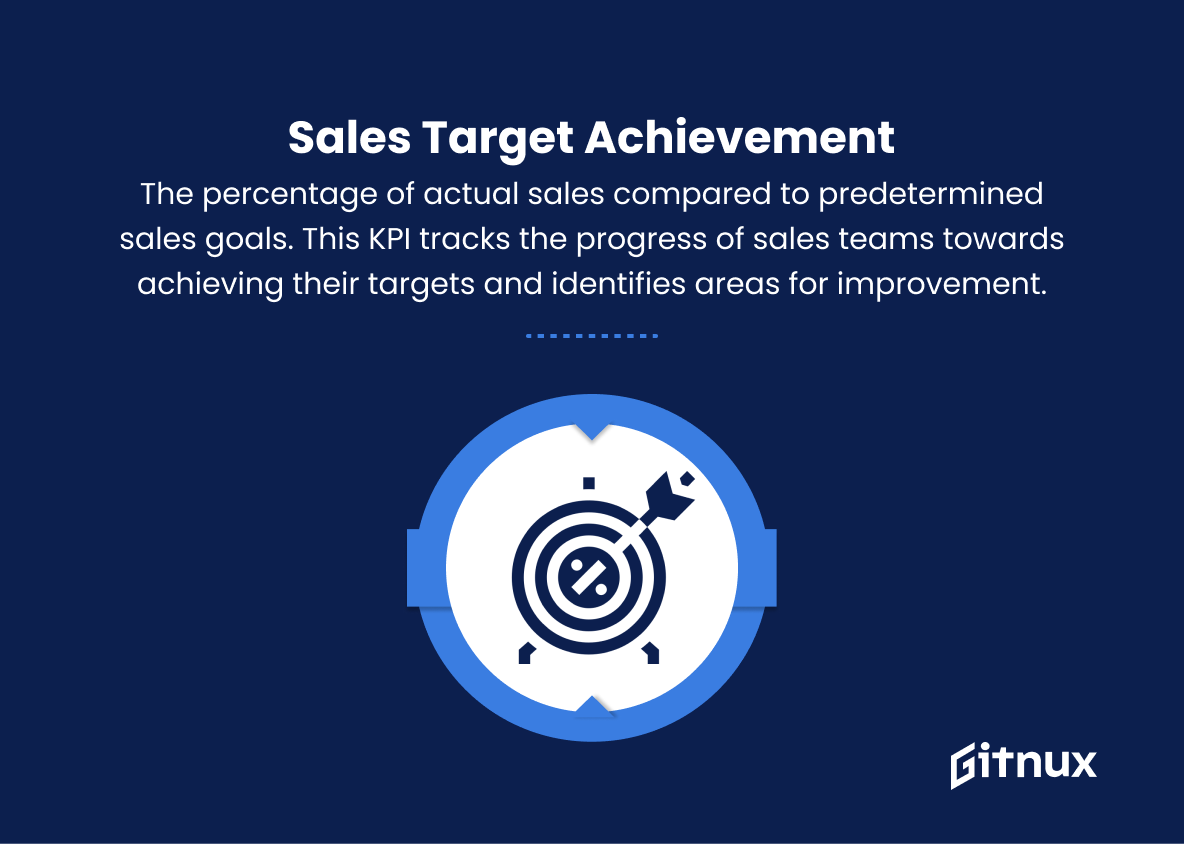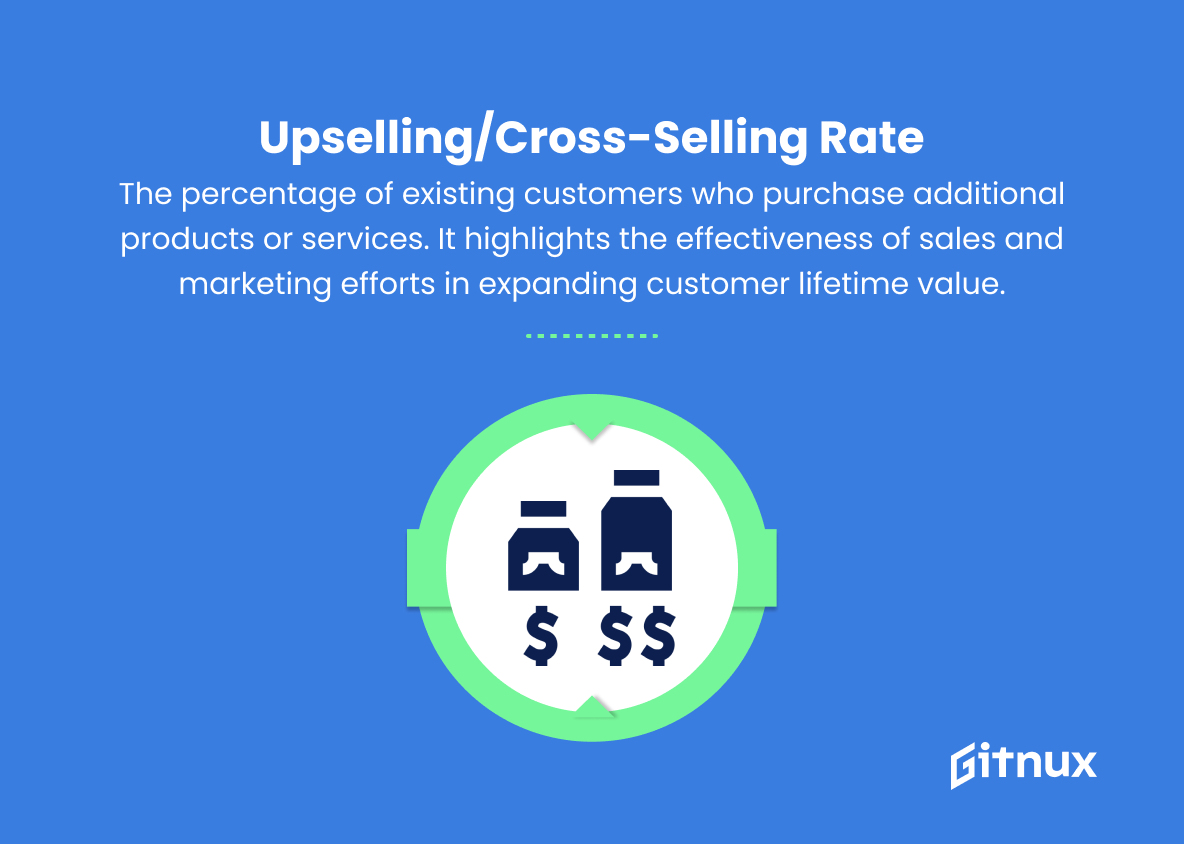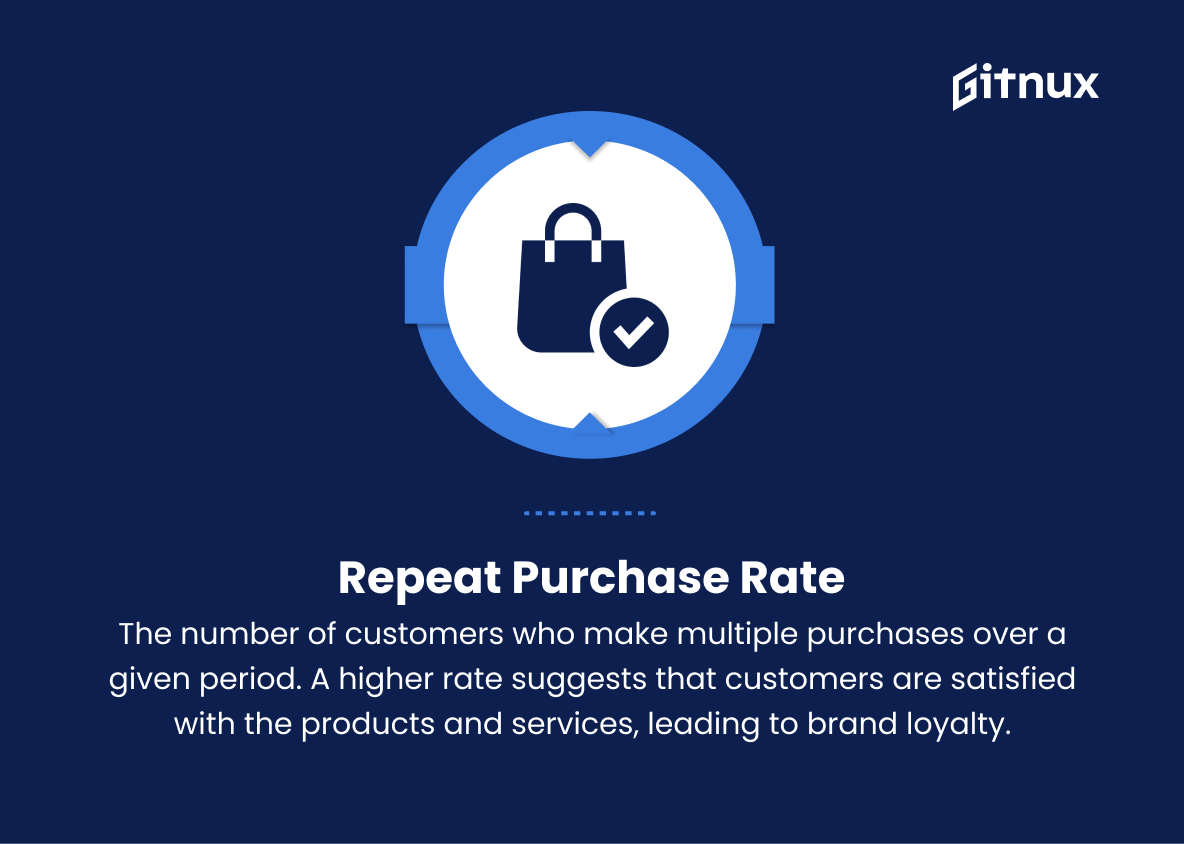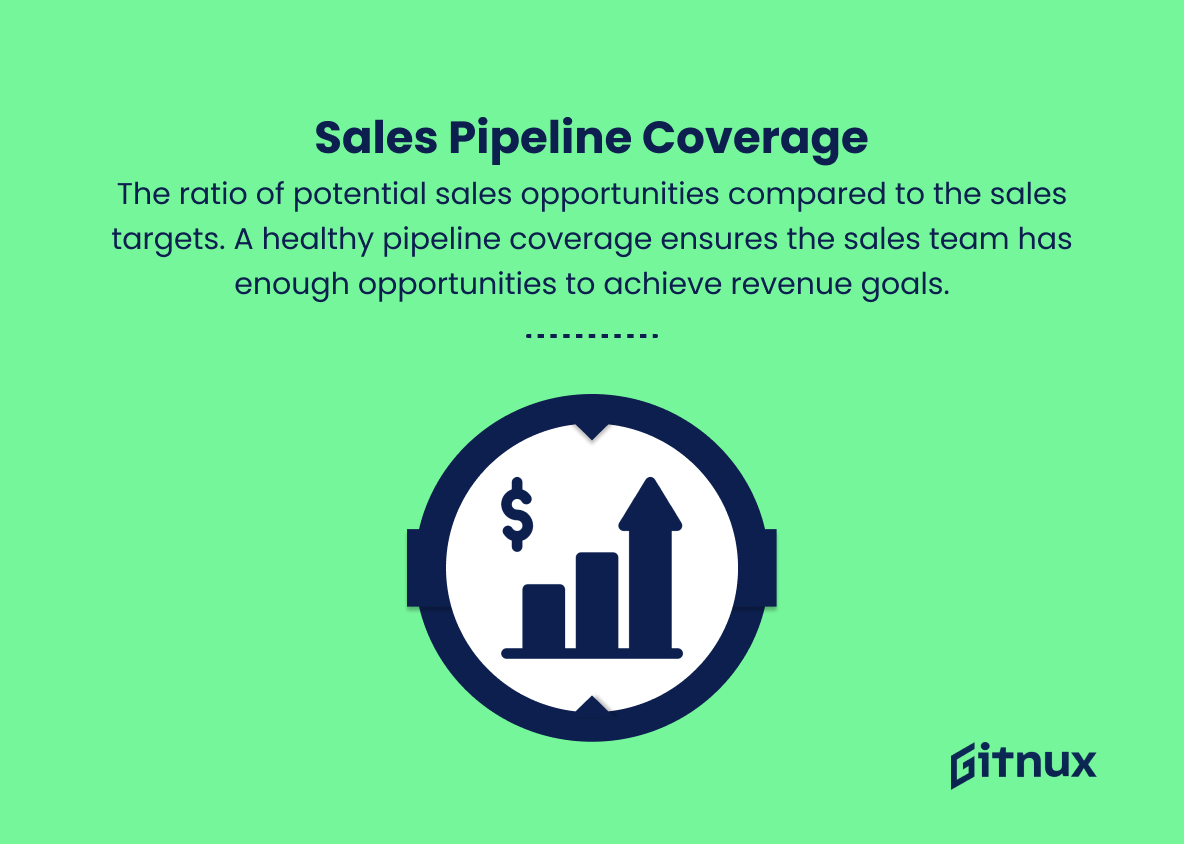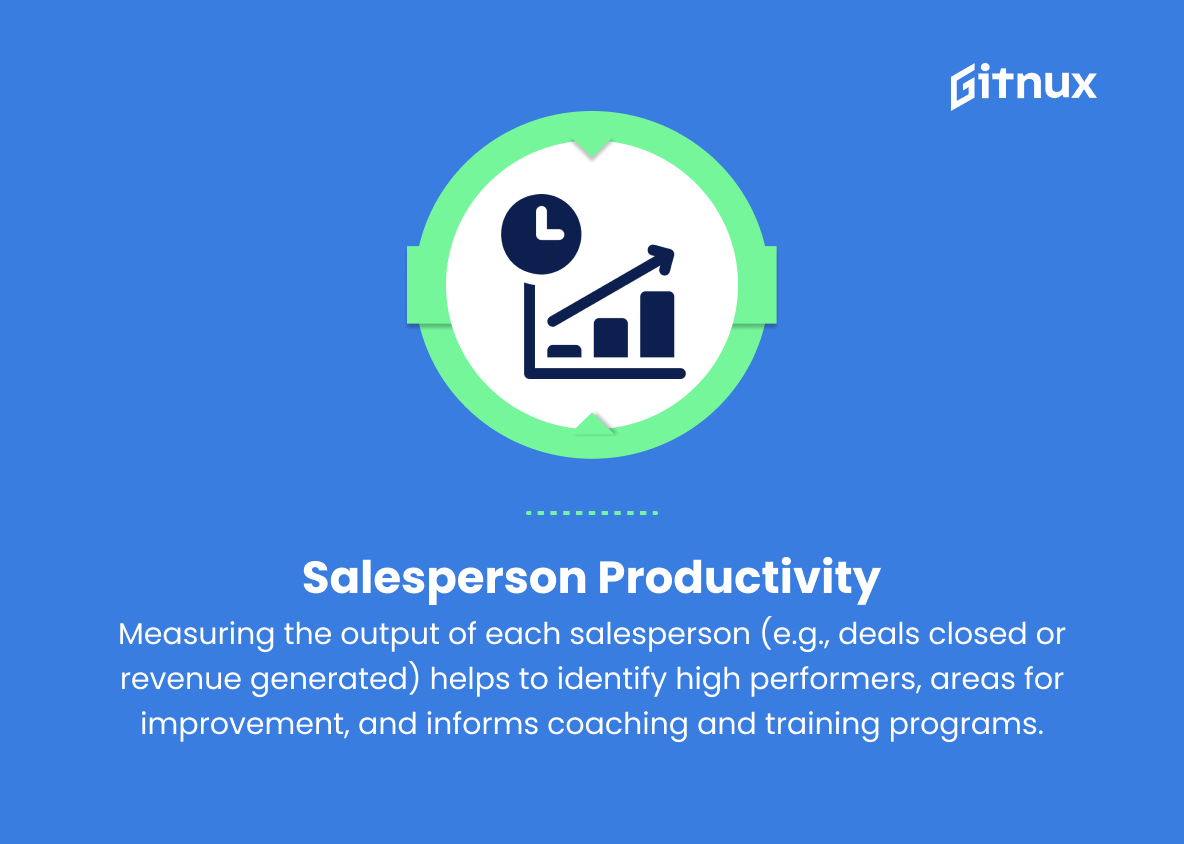In today’s competitive business environment, companies are constantly looking for ways to gain an edge, streamline processes, and maximize efficiency. As the heart of revenue generation, sales operations play a critical role in ensuring that resources are optimally deployed and goals are consistently met. As organizations grow and sales processes become more complex, it is critical to track key performance indicators (KPIs) within sales operations to ensure overall success.
In this blog post, we delve into the world of sales operations KPIs, highlighting their importance, different types of meaningful KPIs, and best practices for effective implementation and analysis. Our goal is to provide readers with valuable insights to improve sales performance, align with strategic goals, and ultimately outperform their competitors. So let’s embark on this journey to understand the role of KPIs in shaping the future of sales operations.
Sales Operations KPIs You Should Know
1. Sales Revenue
The total income generated from the sale of products or services. It is the top-line or gross income figure from which all costs and expenses are subsequently subtracted to calculate net income.
2. Sales Growth
The increase or decrease in sales revenue over a specific period compared to a previous time period. It helps to determine the success of sales strategies, expansion into new markets, and overall market trends.
3. Average Sales Cycle Length
The average time it takes for a new lead to become a paying customer. Shorter sales cycles are generally more efficient and cost-effective.
In today’s highly competitive business landscape, organizations are constantly seeking ways to gain an edge, streamline processes, and maximize efficiency.4. Sales Conversion Rate
The percentage of leads or opportunities that turn into actual sales. This metric helps assess the effectiveness of sales processes and closing techniques.
5. Customer Retention Rate
The percentage of customers who continue to buy from your company over a given time period. Higher retention rate indicates successful customer service policies, building strong relationships, and loyalty.
6. Lead-To-Customer Ratio
The number of leads generated in comparison to the number of customers acquired. This KPI helps evaluate the overall effectiveness of sales and marketing efforts.
7. Average Deal Size
The average revenue generated per sale. This figure is essential for forecasting future revenue and evaluating sales team performance.
8. Product Performance
The analysis of individual product or service sales against the overall sales mix. It helps to identify best-selling items and make informed decisions about inventory management.
9. Sales by Region
The breakdown of sales revenue generated across different geographical areas. This KPI aids in determining market penetration, regional growth opportunities, and the effectiveness of marketing efforts in specific locations.
10. Sales Target Achievement
The percentage of actual sales compared to predetermined sales goals. This KPI tracks the progress of sales teams towards achieving their targets and identifies areas for improvement.
11. Customer Acquisition Cost (CAC)
The total cost of efforts related to acquiring a new customer, including sales and marketing expenses. Lower CAC indicates an efficient sales process.
12. Upselling/Cross-selling Rate
The percentage of existing customers who purchase additional products or services. It highlights the effectiveness of sales and marketing efforts in expanding customer lifetime value.
Sales Operations KPIs are crucial in measuring the overall performance, effectiveness, and efficiency of a company’s sales strategies and processes.13. Repeat Purchase Rate
The number of customers who make multiple purchases over a given period. A higher rate suggests that customers are satisfied with the products and services, leading to brand loyalty.
14. Sales Pipeline Coverage
The ratio of potential sales opportunities compared to the sales targets. A healthy pipeline coverage ensures the sales team has enough opportunities to achieve revenue goals.
15. Salesperson Productivity
Measuring the output of each salesperson (e.g., deals closed or revenue generated) helps to identify high performers, areas for improvement, and informs coaching and training programs.
Sales Operations KPIs Explained
Sales operations KPIs are critical to measuring the overall performance, effectiveness, and efficiency of a company’s sales strategies and processes. Sales Revenue, as a top-line revenue metric, provides a snapshot of how much revenue the company is generating, while Sales Growth highlights the company’s progress over time and its adaptability to market changes.
Average Sales Cycle Length and Sales Conversion Rate assess the efficiency of the sales process and help identify bottlenecks and areas for improvement. Customer Retention Rate, Lead-to-Customer Ratio, Average Deal Size, Product Performance, Sales by Region, and Sales Target Achievement are essential for understanding customer behavior, preferences, and market trends, as well as for making decisions about inventory management and geographic expansion.
In addition, Customer Acquisition Cost (CAC) measures the efficiency of the sales process and enables comparison with industry benchmarks. Upsell/cross-sell rate and repeat purchase rate show the effectiveness of nurturing and maintaining customer relationships, leading to increased customer lifetime value.
Sales Pipeline Coverage enables companies to evaluate the sales opportunities available against their targets, ensuring that sales teams have sufficient leads to meet their goals. Finally, Salesperson Productivity Assessment helps identify top performers and areas in need of support, enabling targeted coaching and training programs that contribute to increased revenue and business growth.
Conclusion
In summary, it is critical for any organization to effectively track and manage sales operations KPIs, as they play a significant role in driving business growth and success. By understanding, measuring, and improving these key performance indicators, companies can improve the overall performance of their sales teams, resulting in increased productivity, higher conversion rates, and ultimately greater revenue generation.
By regularly reviewing and adjusting your sales operations KPIs, your organization can consistently identify areas for improvement and develop strategies to keep your sales force ahead of the competition. Remember, staying on top of your sales operations metrics is an ongoing and evolving process, and will lay the foundation for long-term success in today’s fast-paced and ever-changing business landscape.
